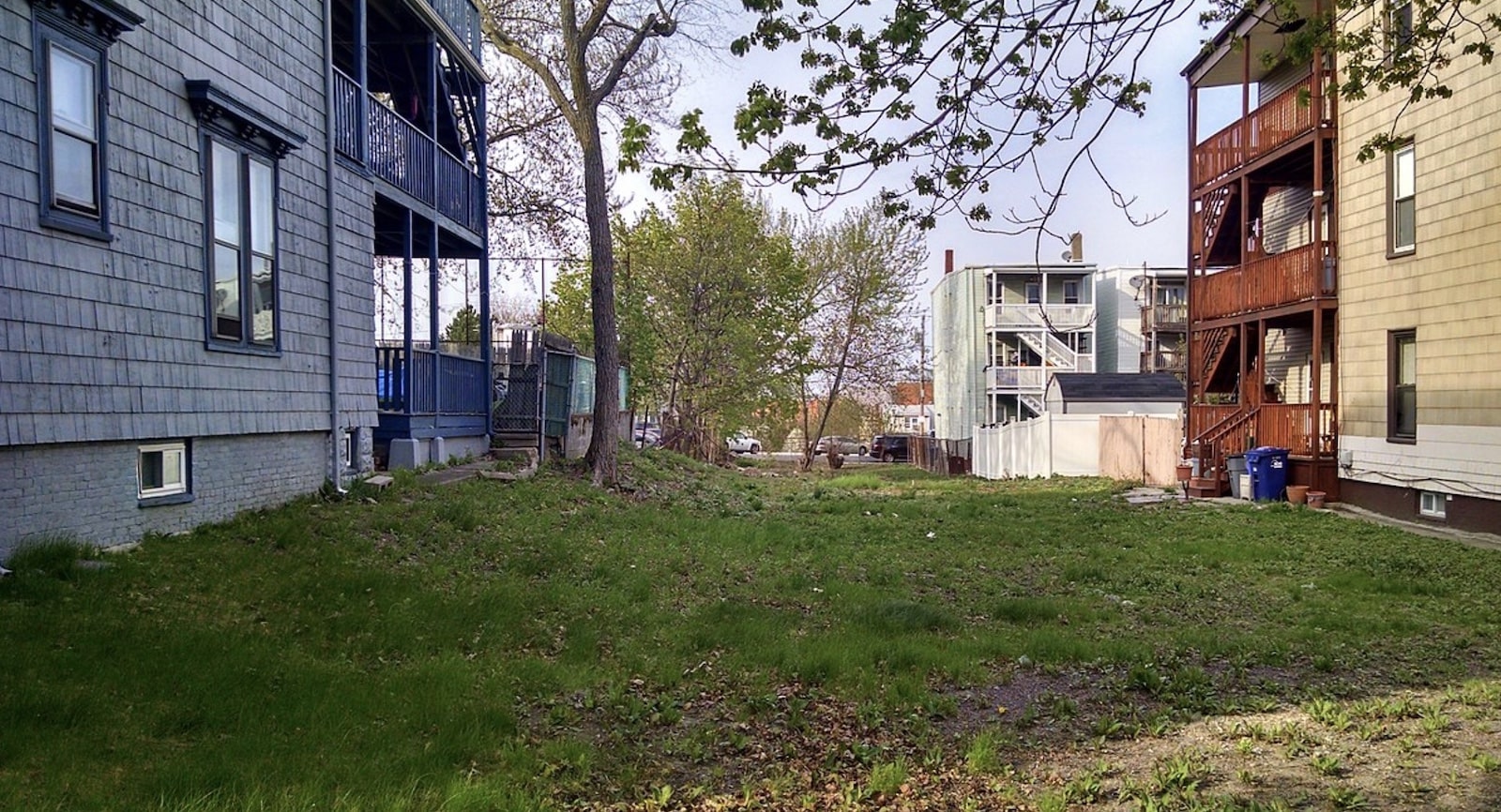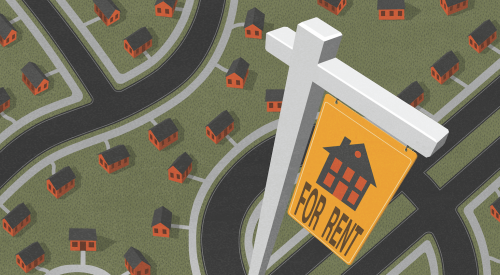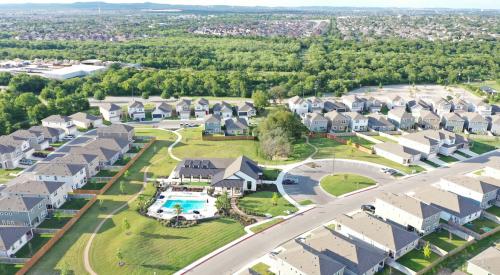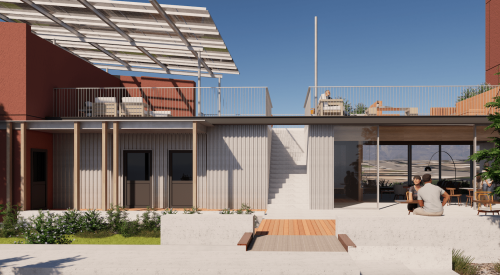
Co-president and COO
IHP Capital Partners
What does the work-from-home trend have to do with buying land? Quite a lot, it turns out, if you’re a builder or developer seeking lots in suburbs or other outlying locations previously written off as too remote for commuting workers. Based in Newport Beach, Calif., IHP Capital Partners provides capital and land for builders and developers. Since 1992, the firm has invested in 250 projects valued at more than $20 billion spanning eight states, including recent joint ventures with Fieldstone Homes, in Draper, Utah; Berkeley Homes, in Aurora, Colo.; and the sale of 511 lots to national builder Richmond American Homes. Richard Whiteley is responsible for the company’s capital and investment strategy and for evaluating new opportunities.
This is a longer version of an article that appeared in the February 2022 issue of Pro Builder.
PRO BUILDER: Where and how are home builders and land developers finding buildable lots?
Richard Whiteley: Home builders and land developers have been highly focused on restocking their land inventory since it became evident housing would be one of the unexpected beneficiaries—at least in the near term—of the pandemic.
Builders and developers have been scrambling to fill their 2022 and 2023 pipelines with the lots required to meet surging demand. In some cases, those lots are being acquired from developers that had the foresight to hold land positions in key growth markets. IHP Capital Partners, for example, secured strategic land and lot holdings in the Austin, [Texas], Phoenix, Reno, [Nev.], and greater Los Angeles MSAs before, or very early, in the demand surge. Builders and developers that were caught flat-footed are now looking to suburbs and exurbs, as land in the outer rings becomes relevant again due to the work-from-home [WFH] shift.
RELATED
PB: With people having more freedom to work from anywhere, do you think accelerated suburban migration will continue?
RW: WFH is real and it’s here to stay. Like several other trends that were in motion pre-pandemic—migration to the Sunbelt comes to mind—WFH has undeniably accelerated as a result of the pandemic; it’s not a new phenomenon. The knowledge workforce is so large that small increases on the margins can have significant effects on desirable WFH locations. These can range from farther afield locations in major MSAs to new markets.
But in IHP’s view, the demise of city living has been exaggerated, so although suburban migration will continue in the near term, urban, walkable, safe city living will undoubtedly see a resurgence in the future.
PB: Would that likely mean demand for living in city centers declines, remains stable, or increases?
RW: Among the many shifts in living preferences in recent years, people are still choosing to live in and around city centers in established areas close to amenities, employment, transportation, and entertainment. Headlines drive clicks and eyeballs, and some media reports of an urban exodus have been overblown.
While it is true that some metros have seen greater than usual out-migration after the pandemic, demand for multifamily homes in those areas remains high, and rents in places like San Francisco and Los Angeles are still strong.
But in IHP’s view, the demise of city living has been exaggerated. ... urban, walkable, safe city living will undoubtedly see a resurgence in the future.
Single-family home prices are supported by robust demand from highly qualified buyers. IHP believes demand for city-center living is stable and will remain so or even increase. In Austin, where IHP is working on an urban infill development project, demand for new homes is only increasing.
PB: How is the built-to-rent (B2R) sector affecting the for-sale new-home market?
RW: B2R operators are bidding directly with home builders for project sites and driving up land prices. In most cases, B2R operators can pay a higher price than for-sale home builders, so B2R is competing directly in the first-time homebuyer space. This, coupled with rising home prices and declining affordability, means that, broadly speaking, B2R is competing against for-sale home builders at the lower end of the price spectrum. In some ways, B2R offers the first-time homebuyer a stepping stone to ultimate ownership. It pulls renters out of apartments and provides a single-family–home lifestyle while they assess or save for ownership options.
RELATED
PB: How are fluctuating building costs and availability (materials, labor, appliances) affecting residential investment and development?
RW: It's no secret that building costs are on the rise, leading to unavoidable price increases. What is less understood is the indirect cost builders incur through the lack of material availability. The supply-chain shocks the industry is experiencing as a result of public policy response to the coronavirus means that cycle times for the nation’s home builders are being extended. Unfinished homes accrue indirect and financing costs day by day, increasing the ultimate cost to the consumer. While many bemoan rising direct costs, the insidious accrual of indirect costs associated with time delays is the unseen villain in the emerging affordability challenge.
PB: Do you see the ability to build density (whether that requires rezoning, overcoming NIMBY resistance, and so on) becoming a bigger factor on whether a land deal can pencil out?
RW: In home building, return on equity [ROE] is generated through a combination of margin, absorption, and leverage. To a large degree, leverage limits are driven by banks and absorption is driven by the market. As land prices and input costs increase, we inevitably see our builder partners stretching to make deals pencil out by programming greater density into the project or assuming higher pricing on lower-density layouts. It’s the most logical and time-tested approach for builders to make deals pencil, and we are seeing more and more of it in this up cycle. Just as land prices continue to rise, so too will density.













